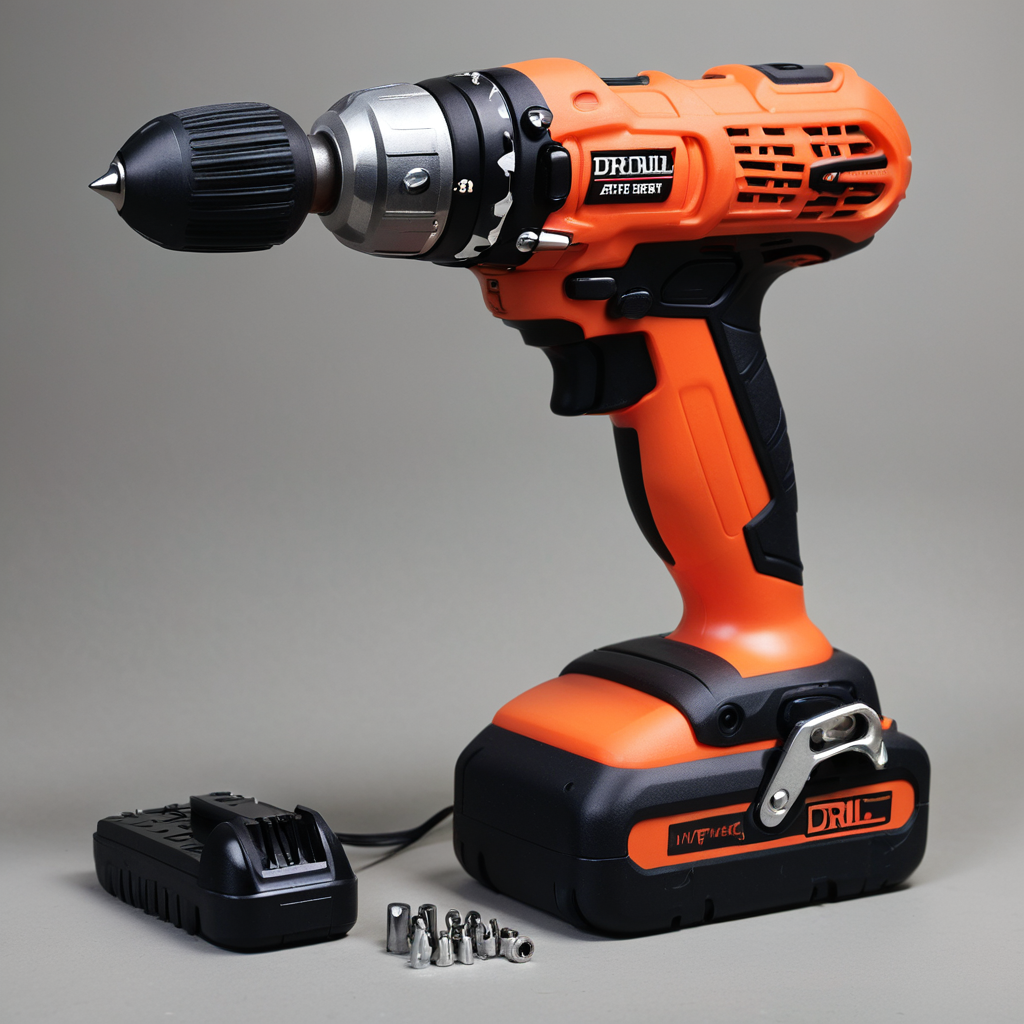
Battery-Operated Power Tools:
Pros:
- Portability: Battery-operated power tools offer the convenience of being cordless, allowing users to work in various locations without being restricted by power outlets or cords.
- Ease of Use: With no cords to manage, battery-operated tools are easier to maneuver and use in tight spaces, making them ideal for DIY projects and on-the-go tasks.
- Versatility: Battery-operated tools come in a wide range of options, from drills and saws to sanders and impact drivers, providing versatility for different applications.
- Safety: Eliminating cords reduces the risk of tripping hazards and electrical accidents, enhancing user safety during operation.
- Quick Setup: Battery-operated tools are ready to use immediately without the need to plug in or locate power sources, saving time and increasing efficiency.
Cons:
- Limited Battery Life: Battery-operated tools have a finite runtime and require recharging, which can interrupt workflow and prolong project completion times.
- Power Output: Cordless tools may have lower power output compared to corded tools, limiting their performance for heavy-duty or continuous use applications.
- Cost: Battery-operated tools tend to be more expensive upfront due to the cost of batteries and chargers, which may add to the overall investment.
- Weight: Batteries add weight to the tool, making it heavier and potentially less comfortable to use for extended periods, especially for overhead tasks.
- Charging Time: Recharging batteries can take time, requiring users to plan ahead and have spare batteries on hand for uninterrupted workflow.
Corded Power Tools:
Pros:
- Continuous Power: Corded power tools provide consistent and uninterrupted power supply, ensuring optimal performance for demanding tasks and extended use.
- High Power Output: Corded tools typically deliver higher power output compared to battery-operated tools, making them suitable for heavy-duty applications.
- Cost-Effective: Corded tools are generally more affordable upfront since they do not require batteries or chargers, resulting in cost savings for users.
- Lightweight: Without the added weight of batteries, corded tools are often lighter and easier to handle for prolonged use, reducing user fatigue.
- No Battery Maintenance: Corded tools eliminate the need for battery maintenance, such as charging, storing, and replacing batteries, simplifying tool upkeep.
Cons:
- Limited Mobility: Corded power tools are restricted by the length of the power cord, limiting mobility and requiring access to power outlets or extension cords.
- Cord Management: Cords can be cumbersome to manage, posing a tripping hazard and potentially hindering movement during operation.
- Setup Time: Corded tools require plugging in and setting up near power sources, which may be time-consuming and less convenient for on-the-go tasks.
- Safety Concerns: Cords present a risk of electrical hazards, such as tripping, entanglement, or accidental contact with water, requiring caution during use.
- Compatibility: Corded tools may not be suitable for outdoor or remote locations without access to power sources, limiting their usability in certain environments.
In summary, the choice between battery-operated and corded power tools depends on factors such as portability, power output, cost, convenience, and safety considerations. Battery-operated tools offer portability and ease of use but may have limitations in battery life and power output. Corded tools provide continuous power and high performance but are restricted by cords and require access to power sources. Consider your specific needs, project requirements, and preferences to determine whether battery-operated or corded power tools are the best fit for your tasks and working conditions.
Cedar Hill St. Louis Jefferson County Olivette Kirkwood Ballwin Arnold Franklin County St Charles County Fenton High Ridge Dittmer Creve Coeur
